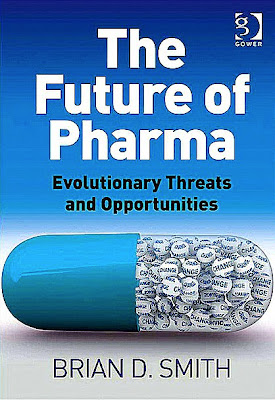
Fig. 1. Learning Theories. Click on this and you can grab the original in a variety of sizes from the Picasa Web Album where it resides. (Created using SimpleMinds APP)
In an effort to impose some logic these are now grouped and various links also made. The reality might be take a large bowl of water then drip into these 12 coloured inks. The reality of how we learn is complex and will only be made the more so with fMRI imaging and advances in neuroscience.
My favourite Learning Theory here is one that Knud Illeris (2009) came up with - not learning at all, resistance too or defence learning. You just block it. That's how I did 9 years of Latin and can decline how to love a table - I have no idea anymore what 'ramabottom' or some such means either. Ditto French as taught before secondary school and Chemistry - right or wrong, tick and box in a multiple choice each week. Still, for someone who couldn't give a fig for either this approach got me through on a C grade. For French the 'holistic' approach worked a treat - French exchange, then back to hitch through France with some French guys who didn't have a word of English, then got a job out there. Chemistry worked best with my Chemistry 7 set.
Activity Theory and Communities of Practice are surely in meltdown with the connectivity of Web 2.0?
The nodes and silos are too easily circumvented by each of us going directly to the source. 'Community of Ideas' works best for me.
Learning Theories
1) Neurophysiological - stimulus response, optmization of memory processes: Sylvester, 1995; Edelman, 1994; Jarvis, 1987.
2) Holistic - Illeris, 2009.
3) Behaviorist - Stimulus response pairs, Skinner, 1974.
4) Cognitive - Communication, how the brain receives, internalises and recalls information, problem solving, explanation, recombination, contrast, building upon information structures, focus on internal cognitive structures, models, methods and schemas, information processing, inferences.; Wenger, 1987; Hutchins, 1993; Anderson, 1983; Piaget, 1952.
5) Constructivist - Learners build their own mental structures, design orientated, assimilative learning (Illeris, 2009); task-orientated, cohort/collaborative group. Leonard, 2010): Vygotsky, 1934; Piaget, 1954; Bruner, 1993; Papert, 1980.
6) Transformative Learning - significant (Roger, 1951, 59); Transformative (Mezirow, 1994); Expansive (Engestrom, 1987); Transitional (Alheit, 1994).
7) Social - Socialization, a psychological perspective, imitation of norms, acquisition of membership, interpersonal relations (Bandura, 1977)
8) Communities of Practice - The focus is on participation and the role this plays to attract and retain new ‘members’; knowledge transfer is closely tied to the social situation where the knowledge is learned, (Learnard, 2010); shared, social and almost unintentional; legitimate peripheral participation (Lave, ); taking part in the practices of the community. A framework that considers learning in social terms. Lave & Wenger, 1991.
9) Communities of Interest -
10) Accommodative Learning - Illeris, 2007.
11) Activity Theories - Learners bridge the knowledge gap via the zone of proximal development, Wertsch, 1984. Historically constructed activities as entities. Thinking, reasoning and learning is a socially and culturally mediated phenomenon. Learnard, 2010. Engestrom, 1987; Vygotsky, 1934; Wertsch, 1984.
12) Organizational - How people in an organisation learn and how organisations learn. Organizational systems, structures and politics. Brown and Dugiod, 1995. Noaka and Takeuchi, 1991.
13) Resistance to/defence learning - Illeris, 2007






